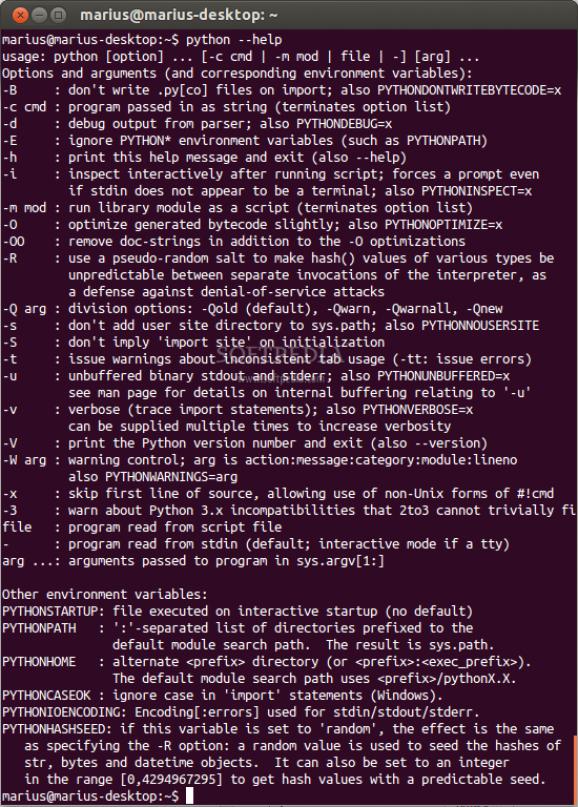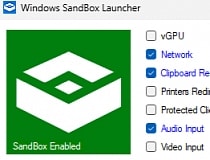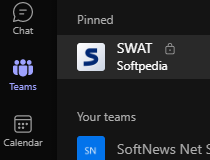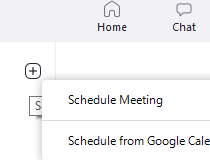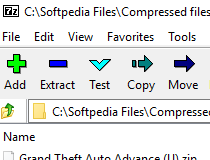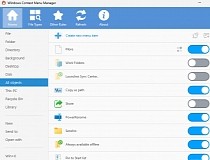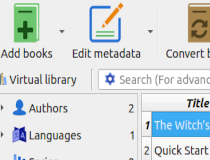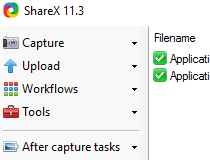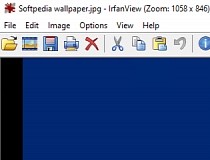A high-level scripting and programming language for all mainstream operating systems #Scripting language #Python language #Programming language #Python #Scripting #Language
Python is an open source, portable, free, customizable, effective and modern programming language that offers a wide range of attractive functionality and allows application developers to create software projects that are fully compatible with all mainstream operating systems.
Default command-line options include optimization of the generated bytecode, optimize generated bytecode and remove doc-strings, usage of non-UNIX forms of #!cmd by skipping the first line of the source, protection from DoS (Denial of Service) attacks by making hash() values of various types be unpredictable, using pseudo-random salt.
The program will also allows you to add various division options, such as -Qnew, Qwarn, Qold and Qwarnall, issue warnings about incompatible tab usage, run the program in verbose mode, get warnings about Python 3.x incompatibilities, as well as to debug output from parser and ignore PYTHON* environment variables.
The Python programming language is often compared with the Java, Perl, Scheme or Tcl programming/scripting languages. It is compatible with all GNU/Linux distributions, as well as with the Microsoft Windows, Mac OS X, Solaris, BSD, and several other UNIX-like operating systems. Currently, it is compatible with both 32-bit (x86) and 64-bit (x86_64) architectures.
Installing Python on your system is quite an easy tasks, as all you have to do is to access the default package manager of your GNU/Linux system and search for the ‘python’ package. Install it and then interact with it via a Linux terminal emulator.
Hardcore Linux/UNIX users who want to optimize Python for their hardware architecture, can do so by download the latest version of the project from Softpedia, save the source tarball (tar.xz file) on their computer, unpack it, open a terminal emulator and navigate to the location of the extracted archive files with the ‘cd’ command.
Use the ‘./configure’ command to make certain optimizations and then execute the ‘make’ command to compile Python. Lastly, install Python system wide by running the ‘make install’ command as root or with sudo.
Python 3.8.0
- runs on:
- Linux
- main category:
- Programming
- developer:
- visit homepage
Windows Sandbox Launcher 1.0.0
4k Video Downloader 1.5.3.0080 Plus / 4.30.0.5655
Microsoft Teams 24060.3102.2733.5911 Home / 1.7.00.7956 Work
Bitdefender Antivirus Free 27.0.35.146
Zoom Client 6.0.4.38135
7-Zip 23.01 / 24.04 Beta
Context Menu Manager 3.3.3.1
calibre 7.9.0
ShareX 16.0.1
IrfanView 4.67
- calibre
- ShareX
- IrfanView
- Windows Sandbox Launcher
- 4k Video Downloader
- Microsoft Teams
- Bitdefender Antivirus Free
- Zoom Client
- 7-Zip
- Context Menu Manager
